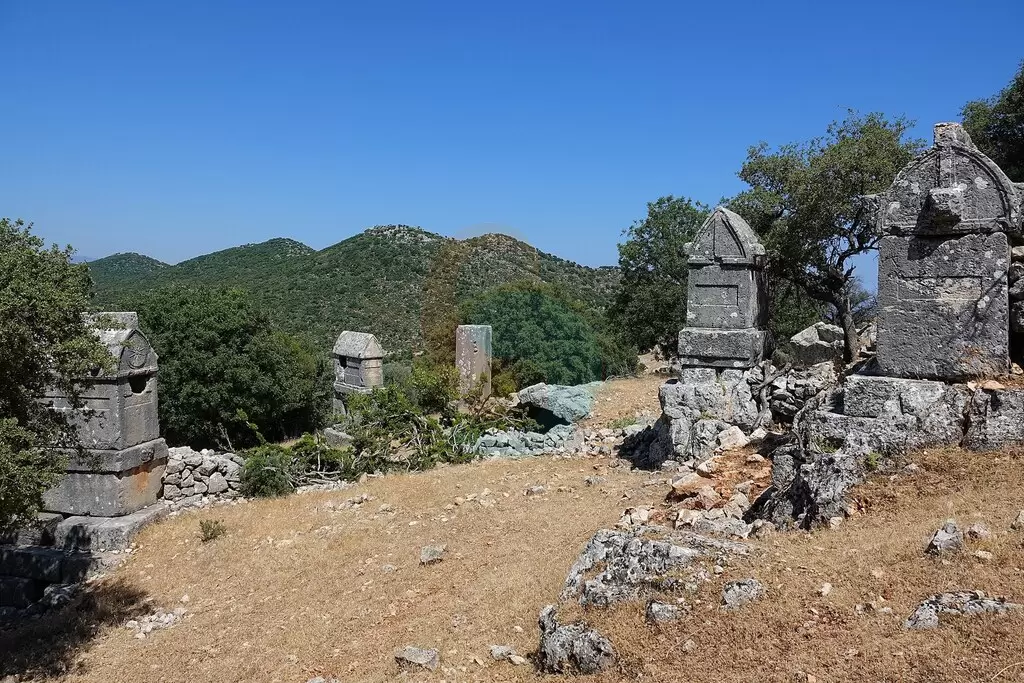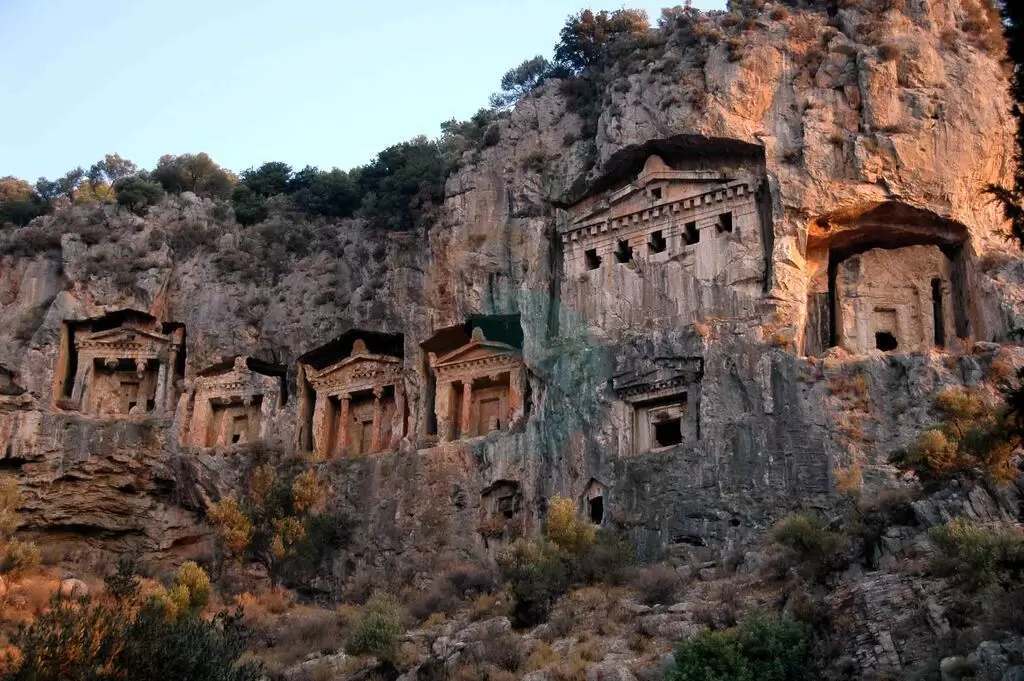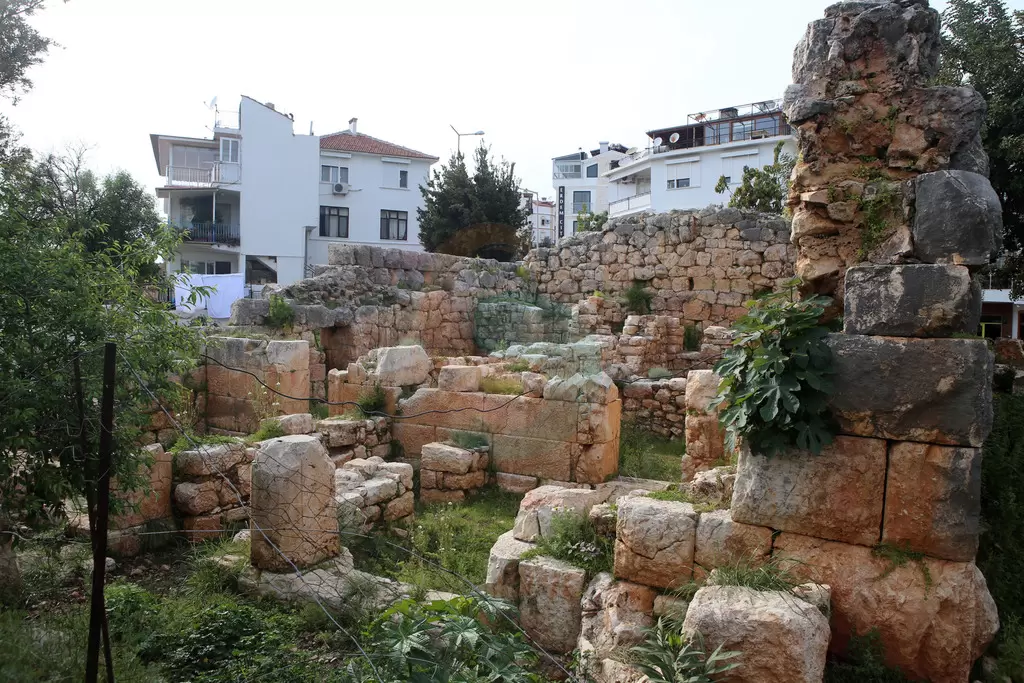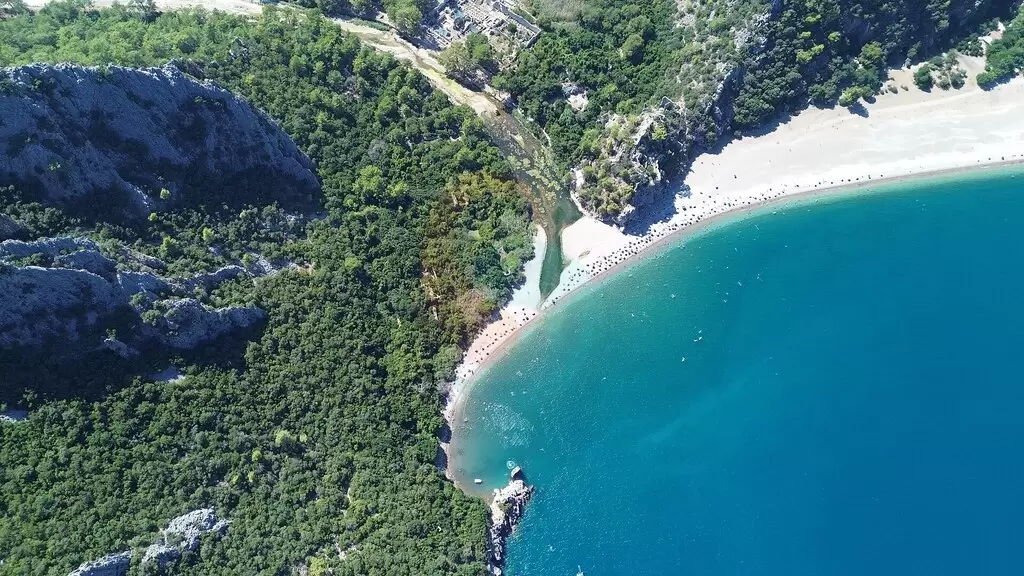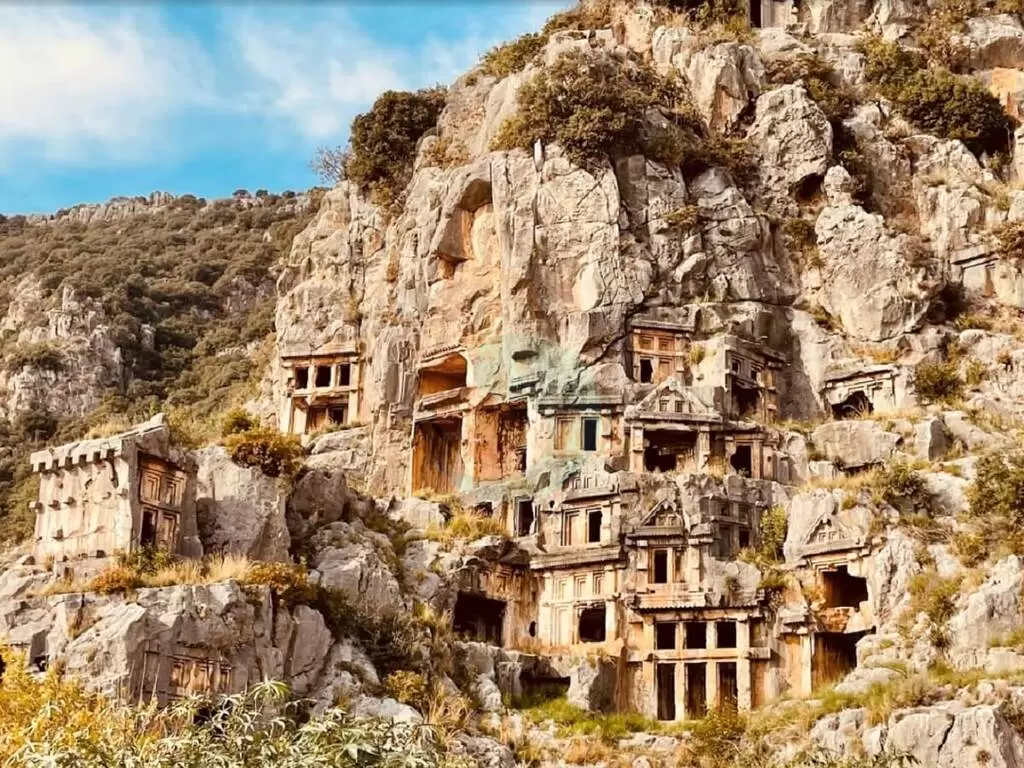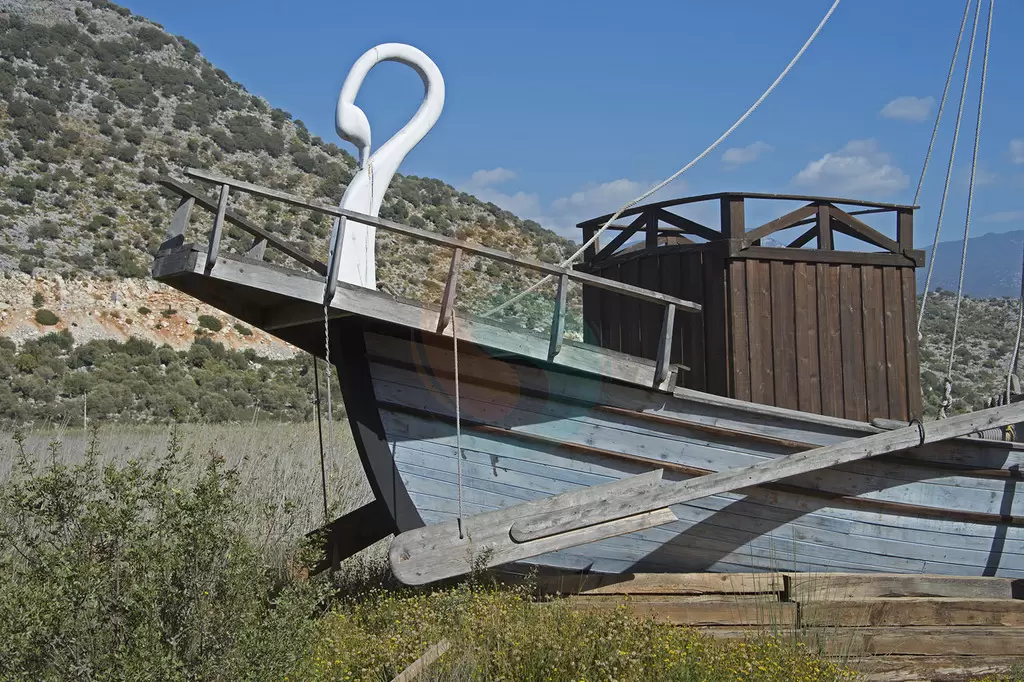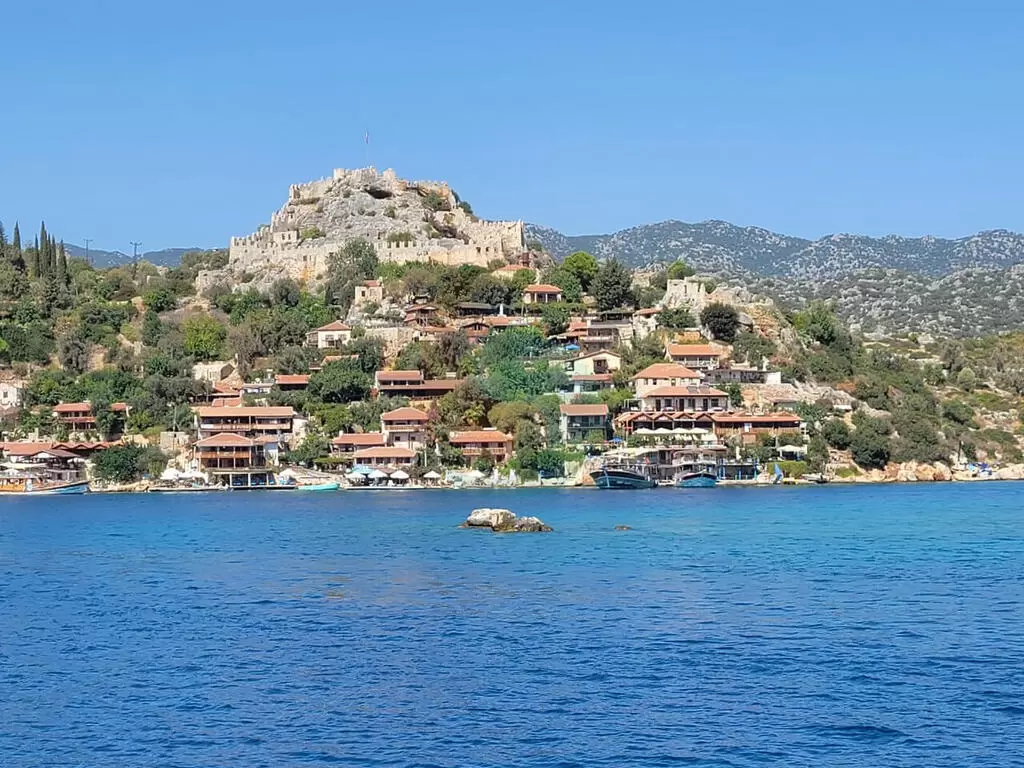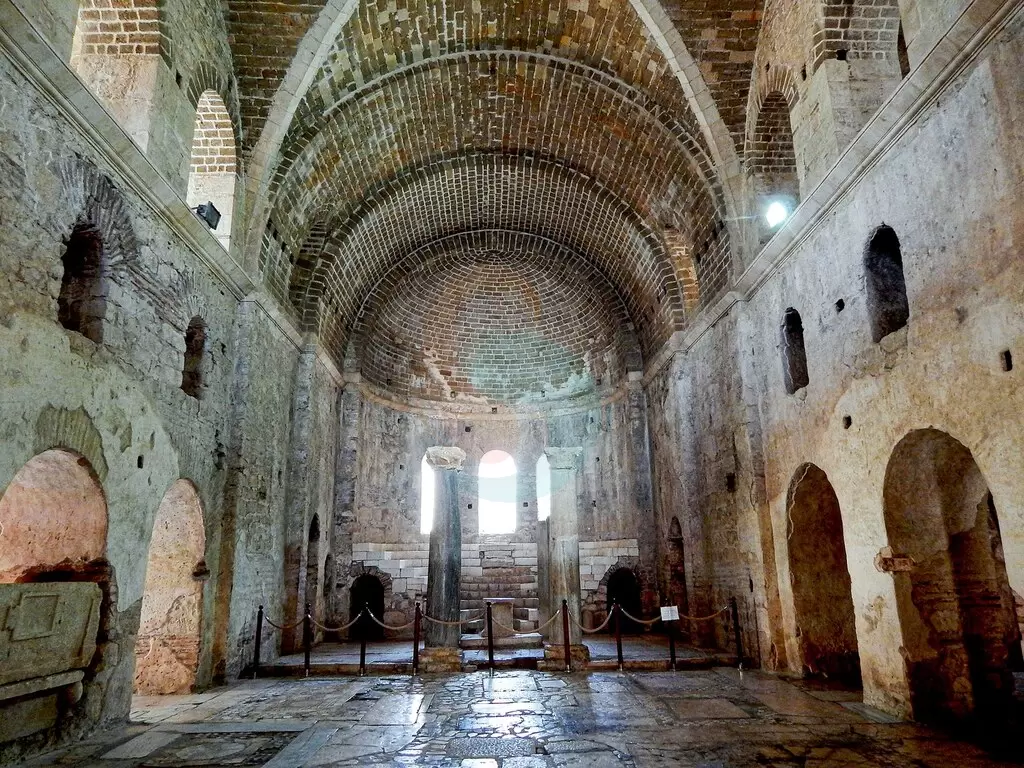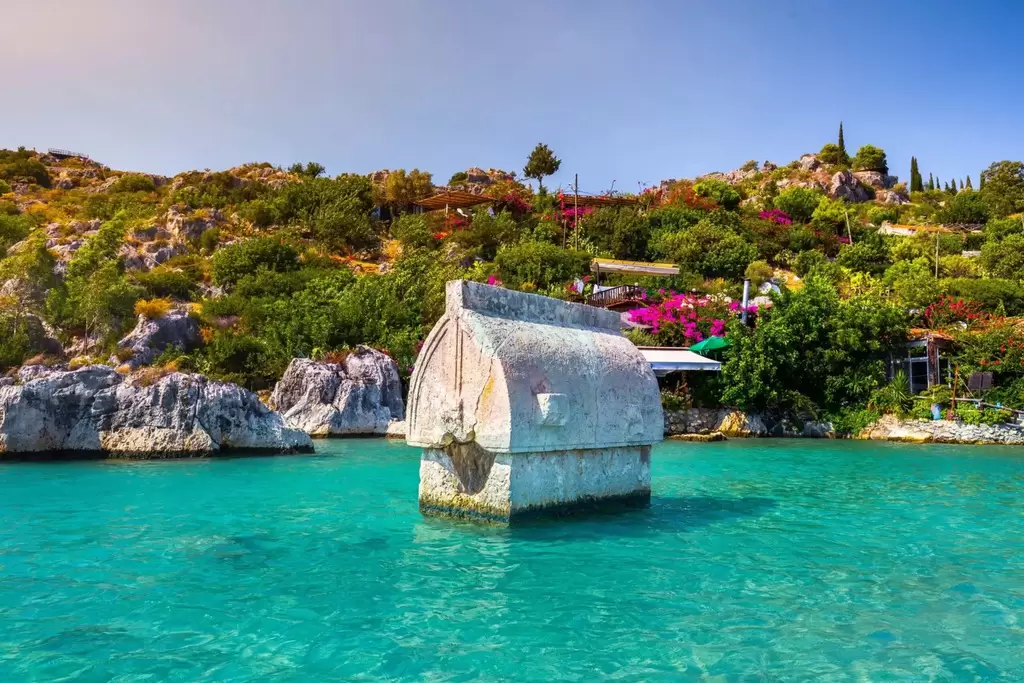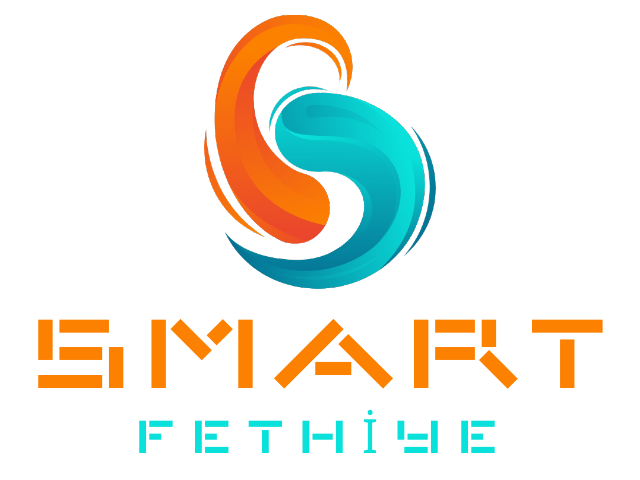Trip Time
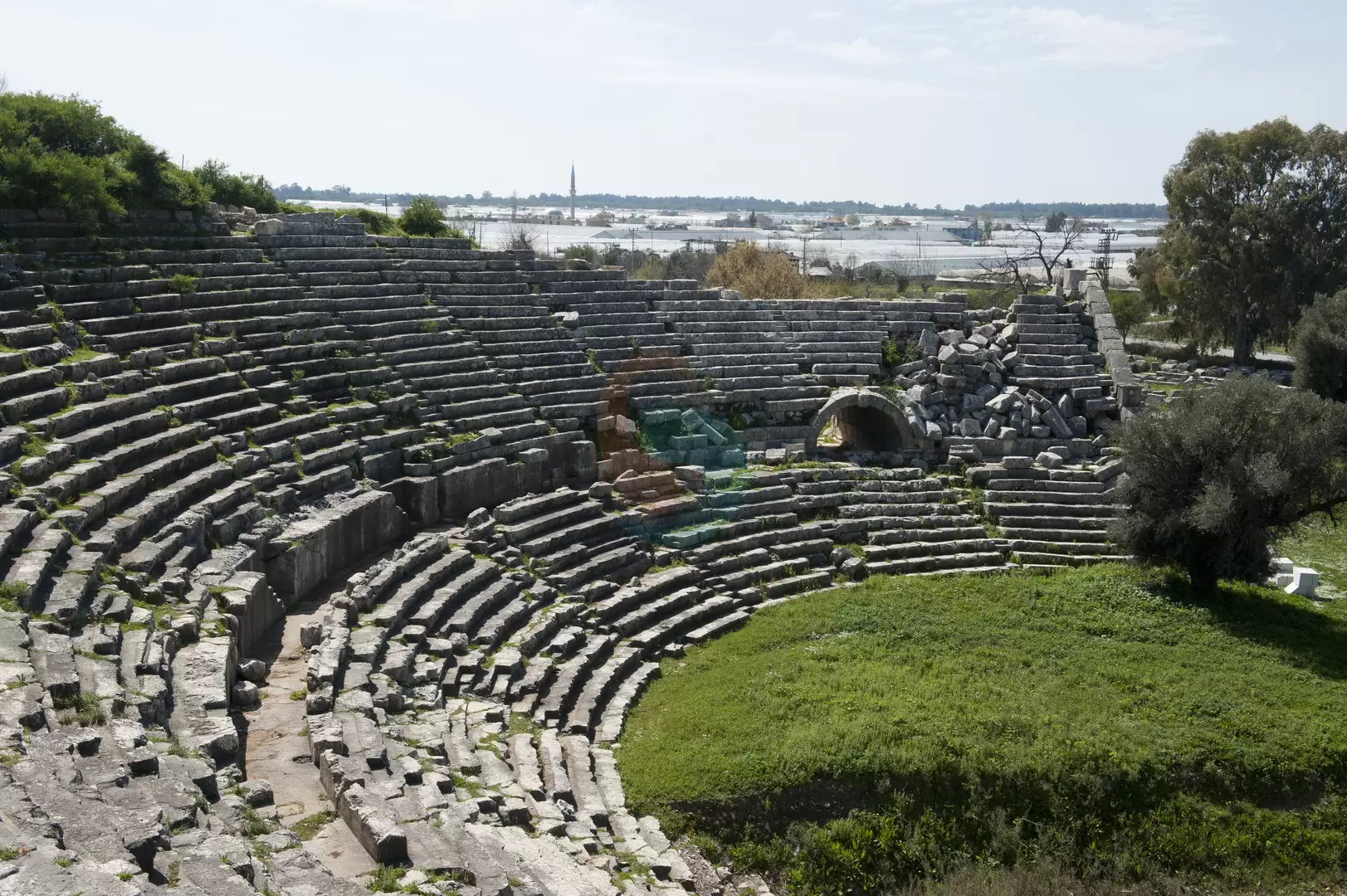
Step beneath towering pine trees into a scene of ancient wonder and calm. At Letoon, the sacred groves and temples that once echoed with ritual now resonate with history. Recent excavations continue revealing a spiritual heritage dating back centuries, when pilgrims gathered among imposing columns to pay homage to Apollo and Artemis. Join an expert guide to truly immerse yourself in the serenity and cultural riches of this rare UNESCO sanctuary. Uncover the fascinating backdrop of Lycian civilization through carefully preserved monuments and steep staircases traversing the forested hillside. Beyond discovering this pivotal place of worship, embrace the reflective atmosphere - the enduring peace found within these ruins helps explain why this idyllic setting served as a spiritual heart for so long. Let Letoon's enduring magic transport you to a lost world of ritual and natural beauty.
Details
Exploring Letoon: The Archaeological Heart of Ancient Lycia
Letoon is an important archaeological site located in southwestern Turkey, near the village of Kumluova, approximately 4 kilometers south of Xanthos. It was an ancient religious and cultural center dedicated to the worship of Leto, the mother of Apollo and Artemis in Greek mythology. Letoon is a UNESCO World Heritage Site and offers visitors a chance to explore the remnants of this ancient sanctuary.
Here is some travel information to help you plan your visit to Letoon:
Location
Letoon is situated in the Fethiye district of Antalya Province, about 60 kilometers southeast of Fethiye. It's easily accessible by car or organized tours from Fethiye or other nearby towns.
Tickets and Opening Hours
There is an entrance fee to visit Letoon. The site is typically open to visitors during daylight hours. However, it's always a good idea to check the latest information regarding tickets, opening hours, and any potential changes before your visit.
Exploring the Site
Letoon features several well-preserved ruins and structures that provide insights into the ancient religious practices of the Lycians. Some of the notable highlights include:
Temples: Letoon contains the remains of three main temples dedicated to Leto, Apollo, and Artemis. These temples were the focal point of the sanctuary and were adorned with statues and religious artifacts.
Nymphaeum: This monumental fountain is an impressive structure featuring niches, statues, and elaborate carvings. It served as a water source and had a symbolic and decorative function in the ancient religious rituals.
Theater: Letoon has a small theater that was used for performances and gatherings. It offers a glimpse into the entertainment and cultural activities that took place in the sanctuary.
Agora: The site includes an agora, an ancient marketplace where people would gather for social and commercial purposes.
Visitor Facilities
Letoon has facilities such as information boards, signage, and pathways that guide visitors through the site. There is also a small on-site museum displaying artifacts found during excavations, providing additional context and information about the site's history.
Nearby Attractions
Letoon is located near Xanthos, another significant ancient city in the region. You can consider combining your visit to Letoon with a trip to Xanthos to experience more of the rich historical and cultural heritage of the area.
When visiting Letoon, it's advisable to wear comfortable shoes and bring sun protection, as much of the site is exposed to the sun. Remember to respect the ancient ruins by not climbing or touching the structures and by following any visitor guidelines in place.
Visiting Letoon offers a unique opportunity to explore the religious significance and architectural wonders of an ancient sanctuary. It's a fascinating destination for history enthusiasts and those interested in the ancient civilizations of Turkey.
Map
F.A.Q.S
Letoon Sanctuary is an ancient archaeological site located near Fethiye. It was an important religious center in ancient Lycia and is now a UNESCO World Heritage Site. Letoon was dedicated to the three major deities of the Lycian pantheon: Leto, Artemis, and Apollo.
Letoon Sanctuary is situated in the village of Kumluova, approximately 10 kilometers northwest of Fethiye. It is easily accessible by road, and there are organized tours available that include transportation to the site.
At Letoon Sanctuary, you can explore the remains of various religious structures, including temples, altars, a nymphaeum, and an agora. Some notable highlights include the Temple of Leto, the Temple of Apollo, and the Corinthian-style columns that still stand. There are also informative signboards providing historical context throughout the site.
Yes, there is an entry fee to visit Letoon Sanctuary. The fee may vary depending on the season and your age (discounts are often available for students and children). It's best to check the current fees before your visit.
Yes, guided tours are available at Letoon Sanctuary. Local guides can provide insights into the history, mythology, and significance of the site. These tours can enhance your understanding and appreciation of the sanctuary.
Yes, photography is generally allowed at Letoon Sanctuary. You are free to take photos for personal use and to capture the beauty of the site. However, if you plan to use professional equipment or take photographs for commercial purposes, it's best to inquire about any specific regulations or permits.
Letoon Sanctuary is primarily an archaeological site, and facilities such as restrooms and cafes may be limited within the immediate vicinity. However, there are usually some facilities available nearby, including restrooms and small shops selling refreshments.
Yes, you can combine a visit to Letoon Sanctuary with other nearby attractions in the area. Some popular sites in close proximity include the Xanthos Ancient City, another ancient Lycian site, and Saklıkent Gorge, a natural wonder. It's best to plan your itinerary in advance to make the most of your time in the region.
Yes, there are guidelines to follow when visiting Letoon Sanctuary to ensure the preservation of the site. Visitors are generally advised to stay on designated paths, not to climb or touch the ancient structures, and to respect the site's historical and cultural significance.
The amount of time you spend at Letoon Sanctuary can vary depending on your level of interest and exploration. On average, a visit to Letoon Sanctuary can take approximately 1 to 2 hours, including the time spent exploring the ruins and reading the informational signboards.
Categories
Related Tours
Advertisement

Advertisement


